Types of Paradoxes
Apr 19, 2021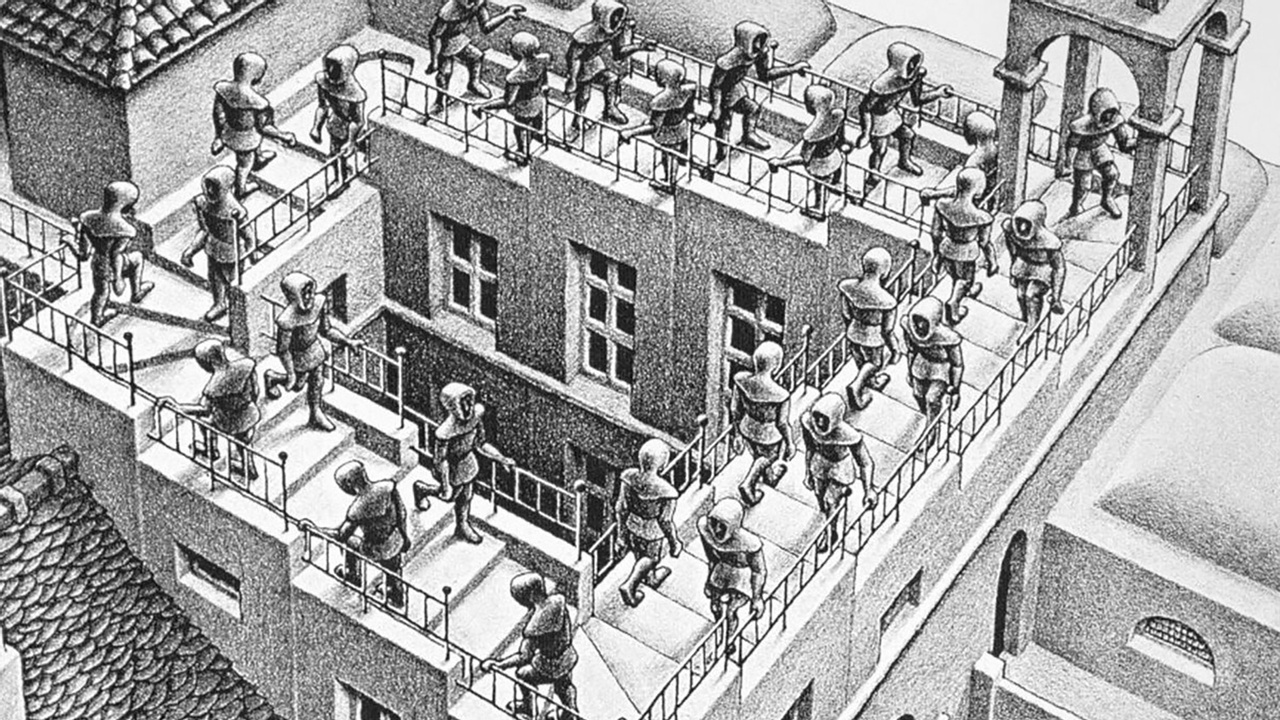
Socrates: “I know one thing, that I know nothing.”
Paradoxes are all around us, and they permeate throughout our popular culture. One of my favorites to throw at people is, “True or false? I’m lying.” Trying to wrap your head around how those states of being can’t exist properly with that simple question and answer combination makes it a paradox.
Let’s take a look at some of these paradoxes and how we’re familiar with them.
Bootstrap Paradox
The bootstrap paradox is a favorite in film and books. In a bootstrap paradox, self-existing objects or pieces of information in a causal loop have no origin. For example, a person travels back in time to give themselves an object to perform some act which they retain until that moment in the future when they travel back in time to give it to themselves again. The object is in a loop and has no origin.
I first saw this play out in film when I was a kid and fell in love with the movie Somewhere in Time starring Christopher Reeve and Jane Seymour. Reeve’s character, Richard, receives a pocket watch from an old woman named Elise. When he travels back in time, Richard hands the pocket watch to a young Elise before he disappears, and Elise hangs onto it until she becomes an old woman and gives it to Richard. Thus, the watch has no place of origin.
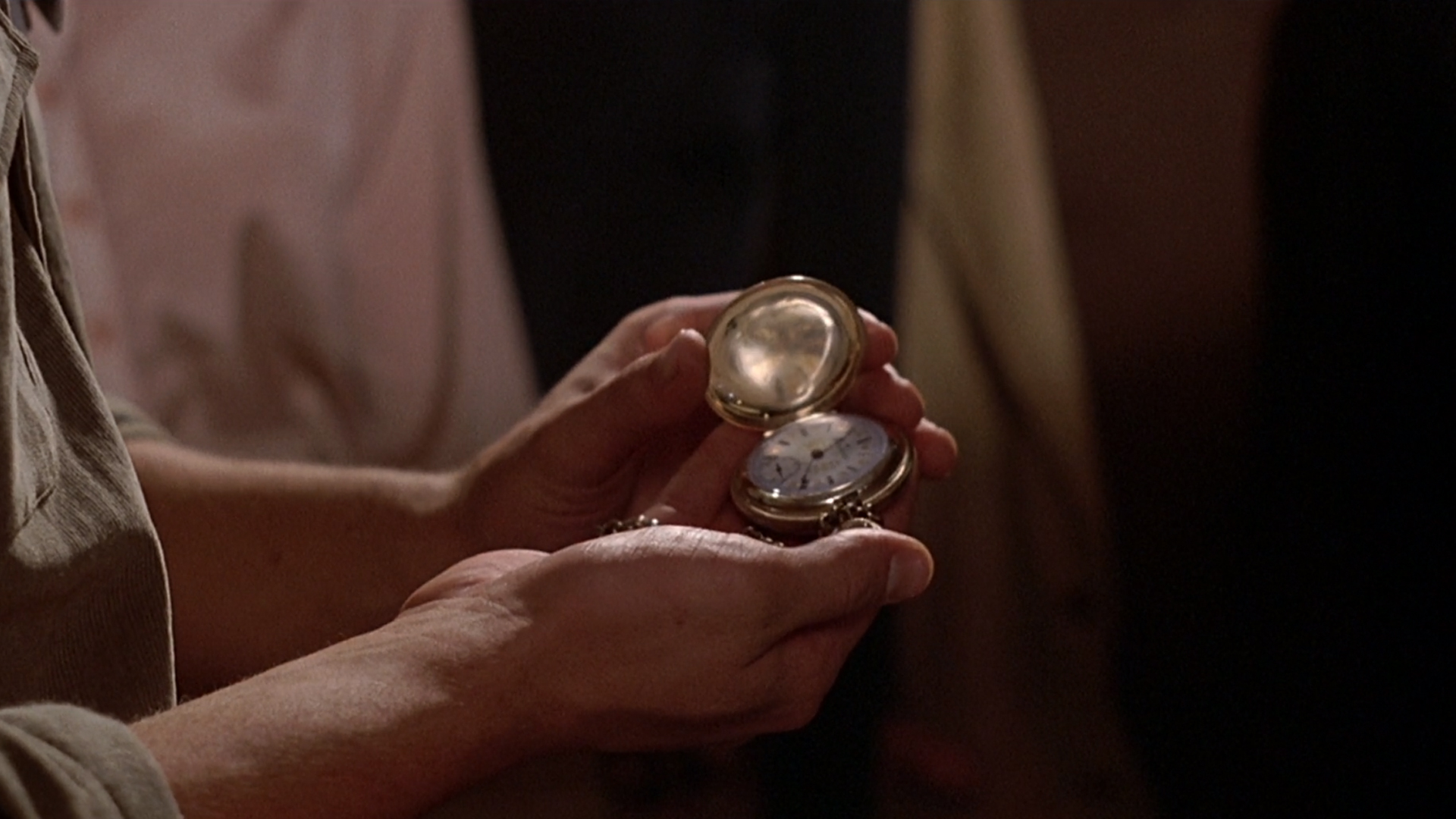
The time-traveling Netflix series Dark, my absolute favorite series as of this writing, is loaded with bootstrap paradoxes. The book A Journey Through Time by H.G. Tannhaus is handled by multiple characters throughout the series and eventually ends up in the author’s hands, at which point, he actually writes the book for the first time. However, he couldn’t have written the book to begin with without having seen the book first.
Similarly, in that series, Michael’s letter that he writes before he hangs himself is given to him by his time-traveling son, Jonas, before he even writes it. Jonas keeps the letter for himself (which he gives to another version of himself later), but Michael wouldn’t have known what to write in the letter if Jonas hadn’t shown him to begin with. Again, the information in the letter has no origin.
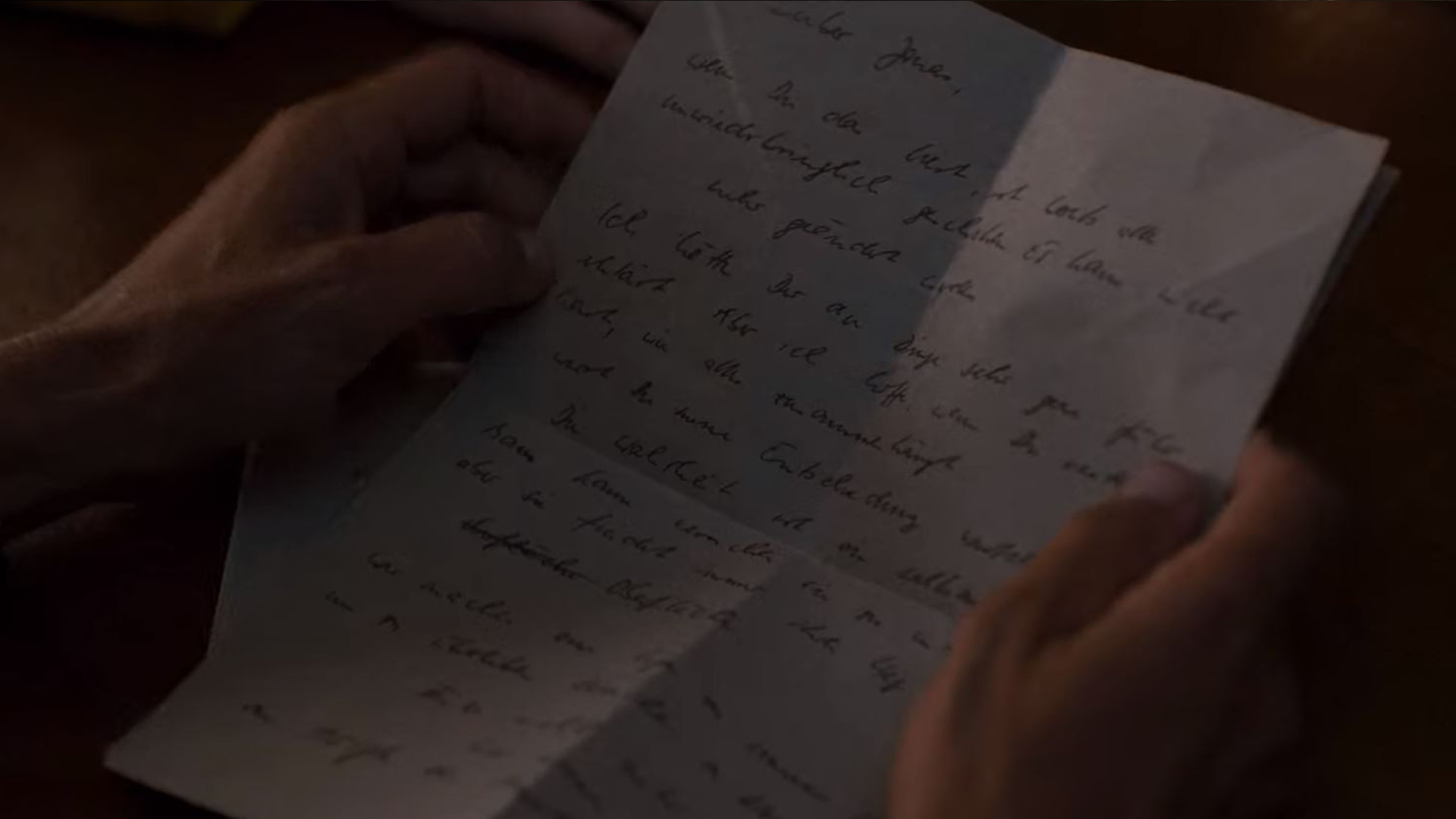
The bootstrap paradox also plays out in Harry Potter and the Prisoner of Azkaban when Harry is being attacked by the dementors and a patronus saves him. At first, he believes this is his father’s doing, but when he and Hermione jump back in time and witness the event, Harry generates the patronus to save his other self, saying that he realized he could perform the spell because he had already done it when he had been saved. Again, this is another causal loop with no origin.
The use of "bootstrap" in this context refers to the expression "pulling yourself up by your bootstraps" and to Robert A. Heinlein's time travel story "By His Bootstraps".
Grandfather Paradox
The grandfather paradox name comes from the paradox's common description: a person travels back in time and kills his or her own grandfather before the conception of his or her father or mother, which prevents the time traveler's existence to begin with.
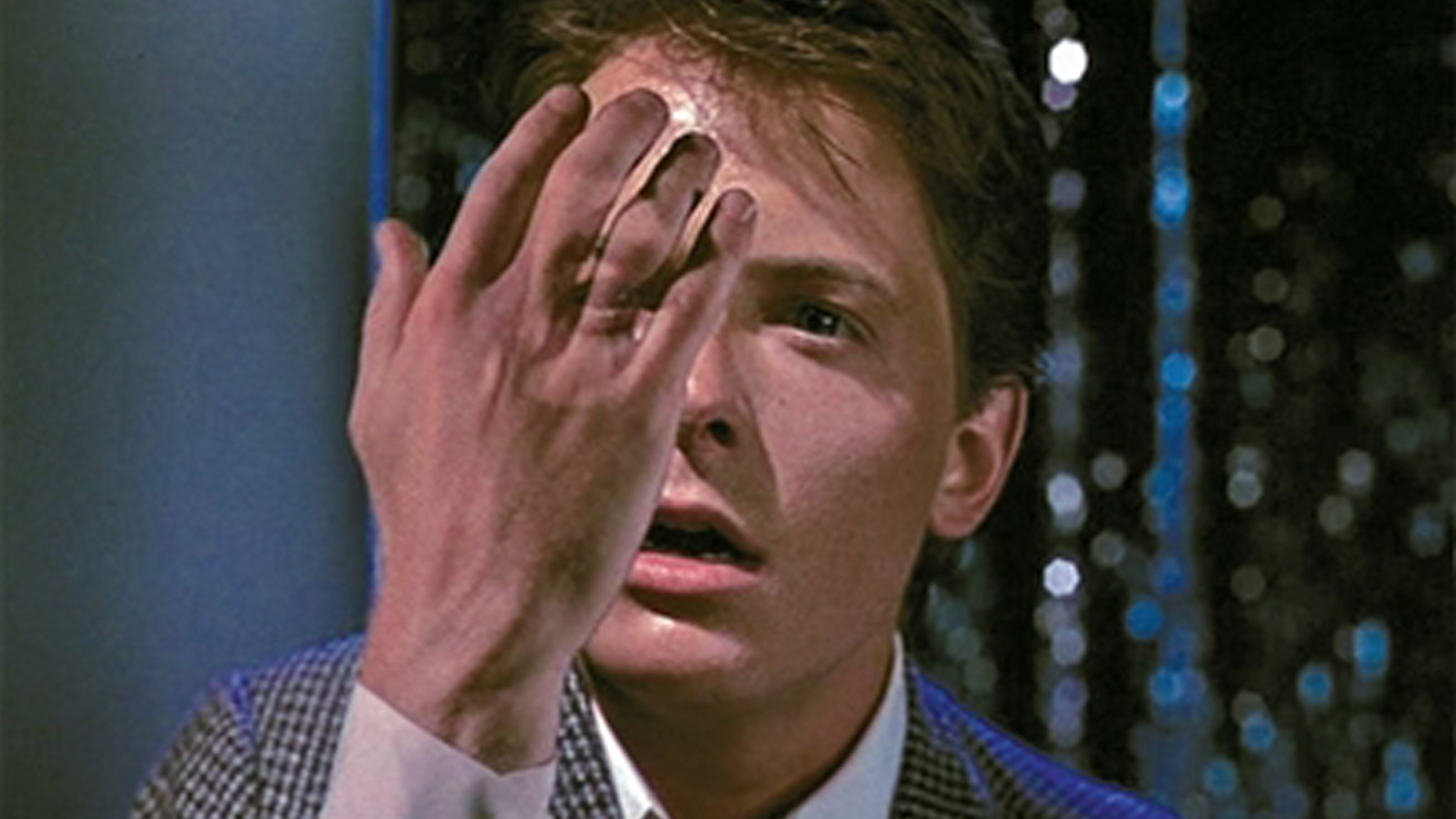
The most obvious depiction of this is Marty McFly’s interference with his parents’ past in Back To The Future. Although he doesn’t kill his parents, he nearly prevents them from getting together and begins erasing his own existence from time. Marty’s brother and sister begin disappearing from a photo he carries and he almost disappears himself before his parents finally have their big kiss. Even if that kiss didn’t happen and Marty did get erased from time, his existence before his erasure, even though he would have never been born, still would have had a profound effect on his parents’ lives.

The most mind-bending grandfather paradox in pop culture has to be that of the film Predestination, based on the short story “All You Zombies” by Robert A. Heinlein. I encourage you to watch this movie, so if you don’t want a massive spoiler, please skip this part. This story involves an intersex time traveling agent who begins life as a baby girl, Jane, and through the course of events has a sex change operation when the birth of her own daughter results in massive complications. This baby is kidnapped from the hospital (and whisked away to the past) and Jane becomes John. At a bar one night, John meets an agent masquerading as a bartender who offers the invitation to become an agent and defeat the dastardly “Fizzle Bomber” terrorist, but only after completion of an initial mission into the past. During this mission, John meets college-aged Jane and they fall in love, conceiving… baby Jane. By the time the story is finished being told, you’ve come to realize that Jane, John, the bartender time agent, and the Fizzle Bomber are all different versions of the same person at different points in time all interacting with each other and affecting each other’s lives.
Some also refer to these type of events as a predestination paradox, and one can also contend that John and Jane are their own bootstrap paradox, their own physical body having no actual origin.
Some look at the concept of the grandfather paradox and believe that these alterations of the past actually generate parallel universes. The idea here is that when the time traveler kills his or her grandfather the traveler is killing a parallel universe version of the grandfather and the traveler’s universe of origin is actually unaltered.

This may be what we see in the film Looper when Old Joe from the future has traveled back to kill “the Rainmaker” who is only a child at the time. When Young Joe kills himself to prevent this from happening, he states that he saw a world in which an angry child grows up to become someone destructive, but that world is destroyed when Young Joe destroys himself and Old Joe disappears.
Catch 22
A “Catch-22” is a situation in which someone is in need of something that can only be had by not being in need of it. This concept is based off the 1961 novel Catch-22 by Joseph Heller in which a soldier who wants to be declared insane to avoid combat is deemed not insane for that very reason and will therefore not be declared insane.
We use this term in our everyday lives because we actually see this sort of thing play out, usually, when we’re dealing with some sort of authority like health insurance, banks, the telephone company, etc. They want us to jump through some sort of hoop that we can’t because of some sort of prerequisite that requires we’ve already jumped through that hoop.
The character Brantley Foster complains about this sort of problem in The Secret Of My Success while he’s job hunting and no one will hire him because he doesn’t have experience. He remarks, “How can I get any experience until I get a job that gives me that experience?”

J.K. Rowling finds a way to skirt around this paradox in Harry Potter And The Sorcerer’s Stone when Professor Quirrell is trying to get the stone out of the Mirror of Erised (“desire” spelled backwards). He desires the stone and the mirror shows him holding it, but the mirror won’t release it because of a prerequisite Quirrell can’t achieve. It releases the stone for Harry, however, because although Harry wants the stone, he doesn’t actually want to use it. It’s not precisely a Catch-22, but it’s pretty darned close.
Fermi Paradox
On a recent broadcast of "Beyond The Shadows," I was asked about the Fermi Paradox which I’ll dive into a little bit here. The Fermi paradox is the apparent contradiction in the perceived lack of evidence of extraterrestrial life and the high estimates that extraterrestrial life throughout the universe actually exists.
I say “perceived lack of evidence” since there are plenty of people in the ufology community that have made a case for ET visitations on Earth, but for this paradox I’ll digress we’ll default to the traditional narrative that we haven’t yet discovered extraterrestrials. In other words, how can we assume there are many untold of species of extraterrestrial life out in the universe when we have yet discovered one? Simply stated, math. And perception. To me, this is rather easy to resolve.
When it comes to our place in the universe, humanity seems to be extremely self-centered and regards all other possible forms of life in the cosmos as extraterrestrial while blatantly disregarding one simple fact. To the rest of the universe, we are the extraterrestrials. The notion that there are Earthlings and everything else is an ET is preposterous, but that tends to be the narrow-sighted viewpoint many in the field take. Thus, given the universe as a whole, there is absolutely one planet upon which we know life exists: us. Score one for the Milky Way galaxy.
There are billions of stars with their own solar systems in our galaxy and there are billions of galaxies in the known universe, including recent reports from the James Webb telescope which indicate there are more than the number of expected galaxies in the distant parts of the cosmos. With all those nearly infinite possibilities, there should be some sort of life out there, and it’s not just wishful thinking. It’s a matter of perspective.
NASA estimates there are 100 – 400 million stars in our galaxy, which is about average for a galaxy per current estimates, and we know there is one planet there with intelligent life. We truly don’t know how many stars are in our known universe since we are still discovering more galaxies today, but our current numbers have dozens of zeros at approximately 1022 – 1024 – that’s a lot of stars! If we take what we know about our galaxy, that there is one planet with life per every (and I’ll be generous to the Fermi Paradox) 400 million stars and divide 1024 by that, we find that there may be approximately 2.515 (2,500,000,000,000,000 or two quadrillion, five hundred trillion) planets with life in the universe.
So… I don’t really think this is that much of a paradox. It’s just perspective.
Optical Illusions
Speaking of perspective, here a couple of quick optical illusion paradoxes for you.
The Penrose Stairs is a favorite, the impossible staircase that goes round and round, never going up and never going down, although those illustrated walking on it clearly appear to be going up or down.
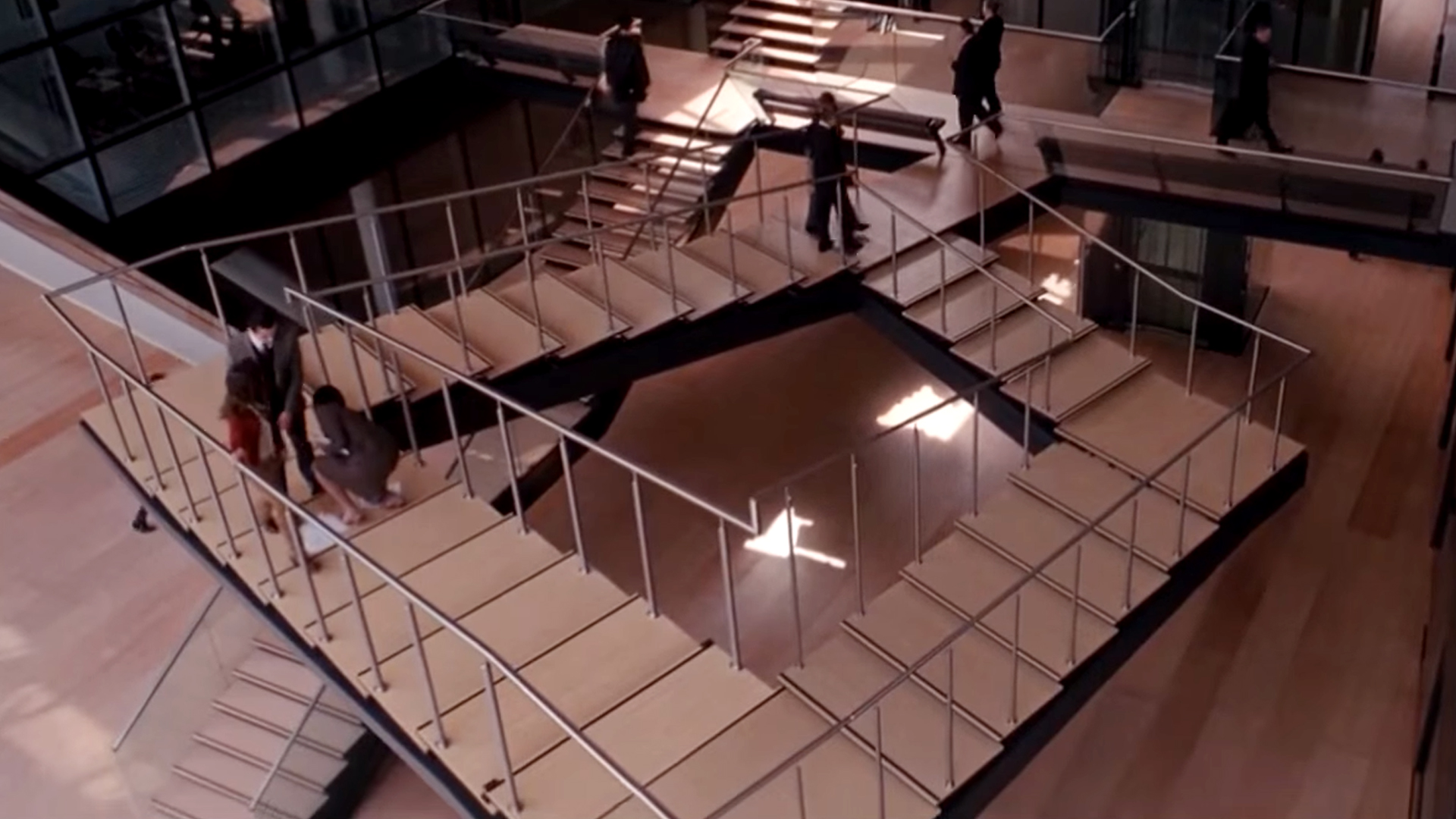
This paradox was used in the Christopher Nolan film Inception as a method to keep the designed mazes smaller in size but larger in scope (and a cool way to beat a bad guy).
The impossible trident or blivet has many names, including The Devil’s Tuning Fork, but it’s an impossible object with three cylindrical prongs at one end which then mysteriously fade away and transform into two rectangles at the other end. A satirical article in The Worm Runner’s Digest in 1968 by Roger Hayward, titled “Blivets: Research and Development” included a number of other variations and interesting drawings of this optical illusion, including the Undecidable Monument.

These are just a handful of paradoxes, and there are hundreds more, including Schrodinger’s Cat, the tea leaf paradox, the Ship of Theseus, and on and on.
For more articles like this, become a member of the Connected Universe where you will find an entire section of articles along with loads of videos and more! Start with our 30-day free trial!
Interested in learning more about the Connected Universe and gaining access to exclusive, behind-the-scenes content?
Stay connected with news and updates!
Get all the latest news, updates, and insights from author and researcher Mike Ricksecker and the Connected Universe community! Don't worry, your information will not be shared.
We hate SPAM. We will never sell your information, for any reason.




